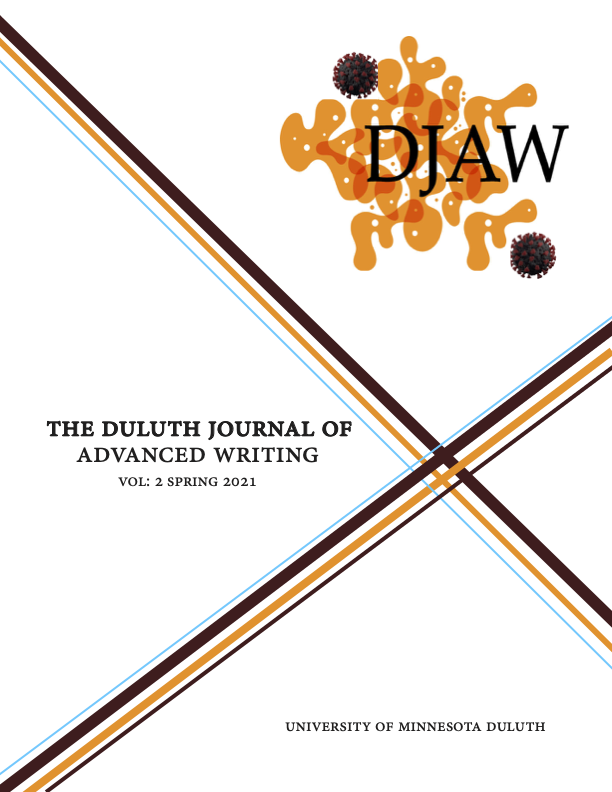Soil Microbial Relationships in Fungal-Bacterial Bioremediation Systems: To synergy or not to be?
Micaela Buda
Abstract
To address the proliferation of soil pollutants and their profound impacts on the
microbiome of soil habitats, bioremediation technology has focused on using bacteria and fungi
which utilize natural metabolic processes as tools for the removal of recalcitrant pollutants.
Independently, fungi and bacteria have demonstrated remediation capabilities but the synergy
between them offers a possibility for accelerated removal efficacies. The influence of fungal
partners on bacterial communities is based on several variables, including specific fungal
partners, environmental conditions, and soil pollutants, making it difficult to predict explicit
microbial behaviors for entire bioremediation cases. One area of study addressing this issue
is the addition of biostimulants to an inoculated substrate to aid microbial partners in their
bioremediation efforts by providing an additional nutrient source that can reduce the occurrence
of resource competition. In this review, an evaluation of current studies exploring fungalbacterial
responses to pollutants and bioremediation strategies is used to synthesize current
insights on how this synergism may be employed in soil remediation methods. Overall, future
investigations should concentrate on the long-term impacts between the indigenous microbiome
within contaminated soils and the fungal-bacterial consortium employed to shed light on how
these pairings will behave during comprehensive applications.


